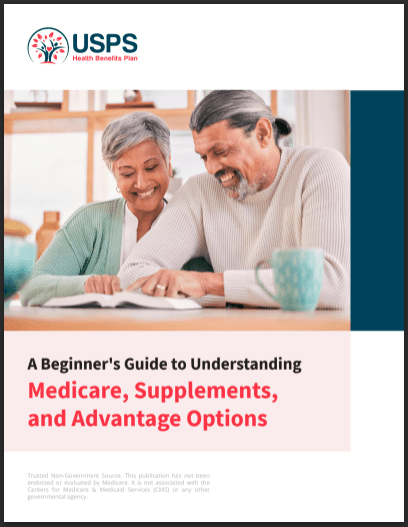Navigating the Medicare Part D Coverage Gap (Donut Hole): What Beneficiaries Need to Know
Understanding the Medicare Part D Coverage Gap, often referred to as the Donut Hole, is crucial for beneficiaries to effectively manage their prescription drug costs. In this guide, we’ll delve into the intricacies of the Coverage Gap, including what it is, how it impacts beneficiaries, and strategies for navigating this phase of coverage.
What is the Coverage Gap (Donut Hole)?
How Does the Coverage Gap Work?
The Coverage Gap is reached when a beneficiary’s total drug costs (including what they’ve paid out-of-pocket and what the plan has paid) reach a certain threshold set by Medicare. In 2024, the initial coverage limit is $5,030. Once this limit is reached, beneficiaries enter the Coverage Gap.
During the Coverage Gap, beneficiaries are responsible for a higher percentage of the cost of their prescription drugs. In 2024, beneficiaries pay 25% of the cost of both brand-name and generic drugs. This percentage is set by Medicare and is subject to change annually.
Changes to the Coverage Gap Under Medicare Part D
In recent years, there have been significant changes to the Coverage Gap as part of the Affordable Care Act (ACA). These changes aim to close the Coverage Gap gradually by reducing beneficiary cost-sharing for brand-name and generic drugs while in the Coverage Gap.
Under the ACA, beneficiaries receive a discount on the total cost of brand-name drugs purchased while in the Coverage Gap. This discount is applied at the point of sale and helps reduce the out-of-pocket costs for beneficiaries.
Additionally, Medicare has been phasing out the Coverage Gap entirely. As of 2024, beneficiaries pay no more than 25% of the cost of their prescription drugs while in the Coverage Gap until they reach the catastrophic coverage phase.
Strategies for Navigating the Coverage Gap
While in the Coverage Gap, beneficiaries can take several steps to manage their prescription drug costs effectively:
- Explore Generic Alternatives: Whenever possible, consider switching to generic medications, which typically have lower costs than brand-name drugs.
- Utilize Manufacturer Discounts: Some pharmaceutical companies offer discounts or assistance programs for eligible beneficiaries. These programs can help reduce the cost of brand-name medications.
- Review Medication Formularies: Review your plan’s formulary to ensure that you’re using medications covered at the lowest cost-sharing tier.
- Take Advantage of Medication Therapy Management (MTM) Programs: Many Part D plans offer MTM programs to help beneficiaries manage their medications more effectively and avoid unnecessary costs.
- Consider Assistance Programs: Explore programs such as Extra Help or State Pharmaceutical Assistance Programs (SPAPs) that provide financial assistance to eligible beneficiaries with limited income and resources.
Conclusion
Featured Articles
Leave Your Feedback






